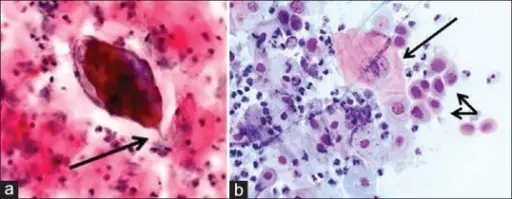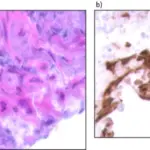Human papillomavirus is the most common sexually transmitted infection.it is usually harmless but some types can lead to cancer or genital warts.
What is the Pathology of Human Papillomavirus?
The pathology of human papillomavirus is:
-Etiology: The cause of human papillomavirus is skin-to-skin contact, sexual contact.
-Genes involved: E1, E7
-Pathogenesis: The sequence of events that lead to human papillomavirus is keratinocyte infection by human papillomavirus, resulting in cutaneous or mucosal excrescences known as warts.
-Morphology: The morphology associated with human papillomavirus shows warts or skin changes.
-Histology: The histology associated with human papillomavirus shows that the squamous intraepithelial lesions with nuclear atypia, chromatin that is coarse, and increased nuclear to cytoplasmic ratios.
How does Human Papillomavirus Present?
Patients with human papillomavirus typically are all genders at the age range of 15 and 25 years. The symptoms, features, and clinical findings associated with human papillomavirus include genital warts, cervical cancer, plantar warts, and flat warts.
How is Human Papillomavirus Diagnosed?
Human papillomavirus is diagnosed by DNA test, Pap test, and vinegar solution test.
How is Human Papillomavirus Treated?
Human papillomavirus is treated by medications, or surgery.
What is the Prognosis of Human Papillomavirus?
The prognosis of human papillomavirus is good.



